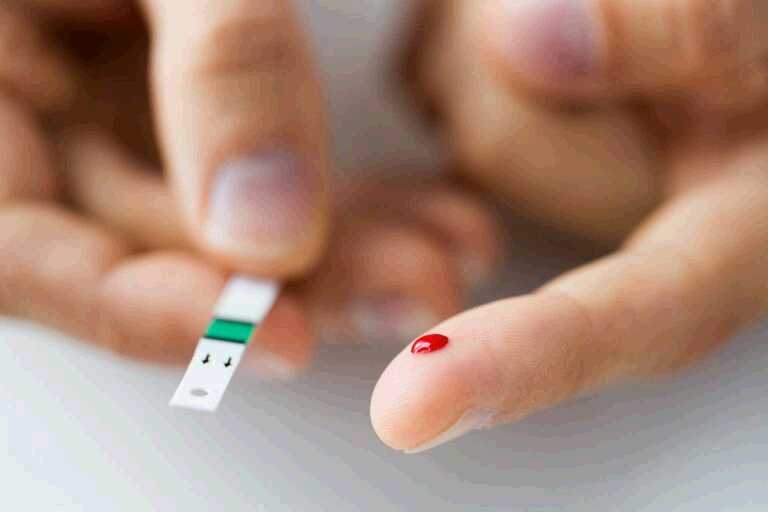
Some people think that Type 1 diabetes and Type 2 diabetes are one and the same, especially since they primarily have the same symptoms of increased blood sugar levels. However, there are big differences between the two.
#1 – Type of Onset
The symptoms of Type 1 diabetes starts in early childhood, which is why it was formerly called juvenile-onset diabetes. This type of diabetes affects 5 to10 out of 100 people diagnosed with diabetes.
Type 2 diabetes, on the other hand, starts in adulthood. It is the most common type of diabetes and affects 90 to 95 out of 100 people diagnosed with diabetes.
Genes play a huge role in both types of diabetes. If one or both your parents have diabetes, then the children are also at a higher risk of developing this disease,
#2 – Disease Process
The cause for the increased blood sugar level differs. In Type 1 diabetes, the disease affects the beta cells of the pancreas. These are the cells that produce insulin, which the body needs to transport glucose into the cells. The beta cells are attacked and killed by the body’s immune system, resulting in the pancreas’ inability to produce insulin. This is why Type 1 diabetes is also considered as an autoimmune disease.
The autoimmune system isn’t involved in the development of Type 2 diabetes. What happens in this type of diabetes is that the cells become insensitive to insulin. They become insulin-resistant; meaning, the pancreas still produces insulin but the cells are incapable of absorbing the hormone. Common cause for insulin resistance is unhealthy lifestyle – unhealthy diet, sedentary lifestyle, smoking, alcohol consumption, and obesity.
#3 – Treatment Options
Type 1 diabetes cannot be prevented. Diabetics with this type of disease need insulin injections to prevent hyperglycemia and control blood sugar levels.
Type 2 diabetes, on the other hand, can be prevented by lifestyle changes – eating healthy food, exercising daily, losing weight, and cessation of alcohol and/or smoking. Oral anti-diabetic drugs may also be prescribed by the doctor to control blood sugar levels. However, people who have uncontrolled Type 2 diabetes will also need insulin injections if the blood sugar levels can’t be controlled by lifestyle changes and oral drugs.
The two types of diabetes may have big differences, but both do put you at risk of serious complications like heart disease, kidney failure, blindness, and nerve damage.
References